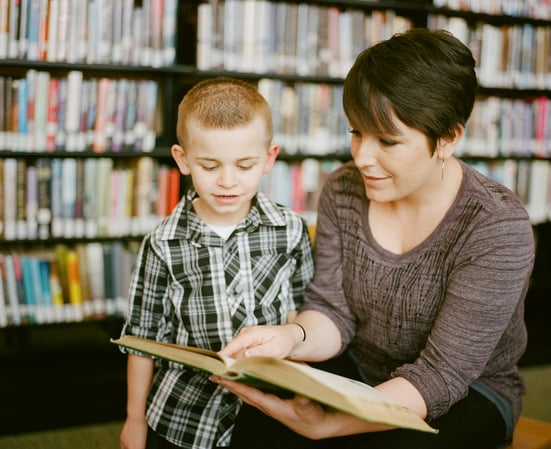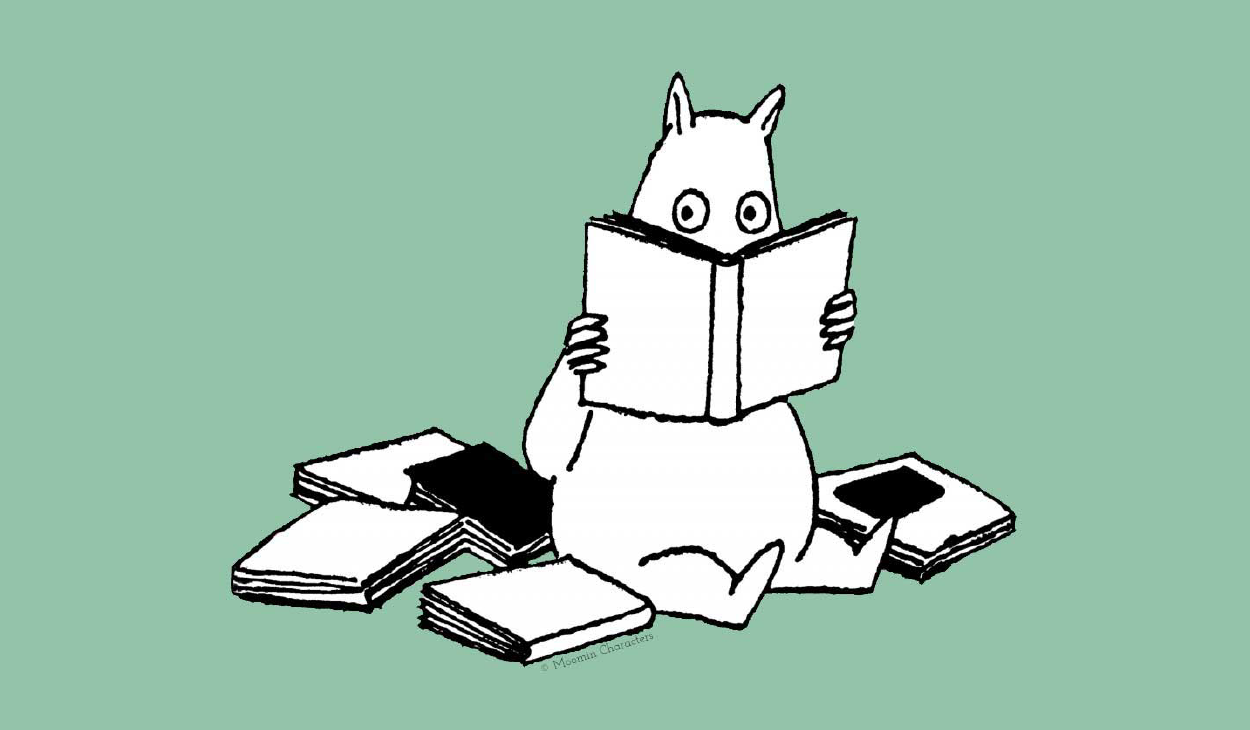Language learning involves listening, speaking, reading, and writing in the new language. But when it comes to young children who are learning a foreign language – and who often don’t know how to read or write even in their first language – it is important to start with listening and speaking. Moomin Language School uses play-based learning to enhance these foundational skills. Let’s take a closer look at why we focus on speaking and listening, and some suggested literacy materials that can be used alongside Moomin Language School.
Building the Foundations
At Moomin Language School, we prioritize speaking and listening skills for several reasons. Firstly, these skills are innate to young children as they already use them in their first language, whereas most of them don’t know how to read or write in their first language. We believe in mimicking children’s natural language learning process: first listening, then speaking, and later reading and writing. Listening and speaking skills are crucial for effective communication, allowing children to express themselves confidently and understand others.
Secondly, young children are developmentally ready for listening and speaking, whereas readiness for reading varies. If reading instruction is forced when children are not ready for it, or if learning isn’t child-centric and play-based, children may develop negative attitudes towards reading in general and themselves as readers. But if a child is interested in reading and writing, that interest should be supported. That is why the Moomin Language School application offers optional letter-tracing games.

Thirdly, it is essential that children have heard lots of English and know the basics of the language before diving into reading. It is futile to teach letter-sound correspondence – that is, which letter or letter combination represents which spoken sound – to children unfamiliar with the sounds of the English language. Learning the sounds of a foreign language takes time, even if young children are generally much quicker at it than older learners. And the best way to learn these sounds? By listening and speaking the language. Similarly, if children don’t know enough English to understand what they are reading, they will find reading instruction demotivating and uninteresting.
Lastly, young children are ideal candidates for prioritizing speaking and listening skills, because unlike their older counterparts, they often don’t shy away from speaking, making mistakes and trying again. By focusing on speaking and listening skills through play and joy, we at Moomin Language School hope to instill young learners with such confidence in themselves and their abilities that they will carry it with them throughout their lives.
Toward Literacy
While Moomin Language School focuses on listening and speaking, we recognize the importance of reading and writing. That is why our program includes activities like songs, rhymes, stories, and games to support pre-literacy skills. These activities offer a holistic understanding of English sounds, laying the groundwork for literacy development.

For organizations keen on incorporating reading instruction in their English teaching, ensure that it’s play-based, child-centered, and aligns with children's interests. It's crucial that learners have the necessary vocabulary and phonemic awareness in English. Here are some suggested materials and services for reading instruction to complement Moomin Language School.
1. Read-Alouds Reading a story aloud to young learners may appear straightforward, yet it yields significant advantages for their literacy development. Learning about books, getting immersed in a story, hearing rich language, and connecting it with illustrations all serve to ignite children's enthusiasm for reading and written language. We recommend the Moomin picture books The Book About Moomin, Mymble and Little My and Who Will Comfort Toffle? Check out also these Moominous tips for reading!
2. Posters & labels Introducing written language into children's surroundings familiarizes them with text and sparks their curiosity about its meaning. Alphabet posters and other accessible materials integrate letters into children's daily experiences. Labeling commonly used objects, with accompanying pictures if needed, aids children in linking letters to spoken words and the corresponding items.
3. Decodable books Decodable books are specifically designed to align with the phonics skills that children are learning, typically in the early stages of reading instruction. They consist of short sentences and are accompanied by rich illustrations to support children’s understanding. Decodable books provide a structured and supportive way for children to apply their phonics knowledge in real reading contexts.
4. Phonics programs Many programs out there aim to teach reading to children. It's good to remember that these programs often focus solely on literacy skills and don't teach the English language per se, but they are a good companion for English language programs like Moomin Language School. Our favorite is GraphoGame, a fellow Finnish program and the most researched literacy game in the world. GraphoGame's digital games teach children synthetic phonics and help them master reading independently.
Starting English learning with speaking and listening lays a strong foundation for effective communication, confident self-expression, and later literacy skills. We hope that the resources we’ve mentioned in this blog post can help you with that. Let’s help our young learners become confident English users who are ready to change the world!
Moomin Language School is a play-based early language learning program for learning organizations. Would you like to try it out for yourself? Apply for a free trial month here:
.



